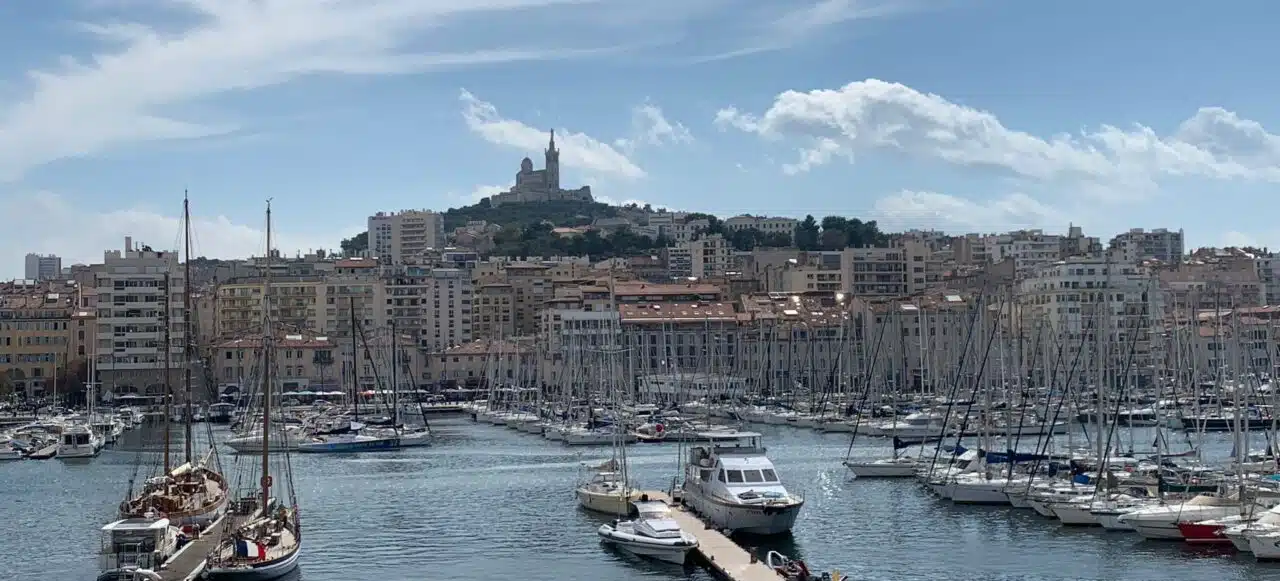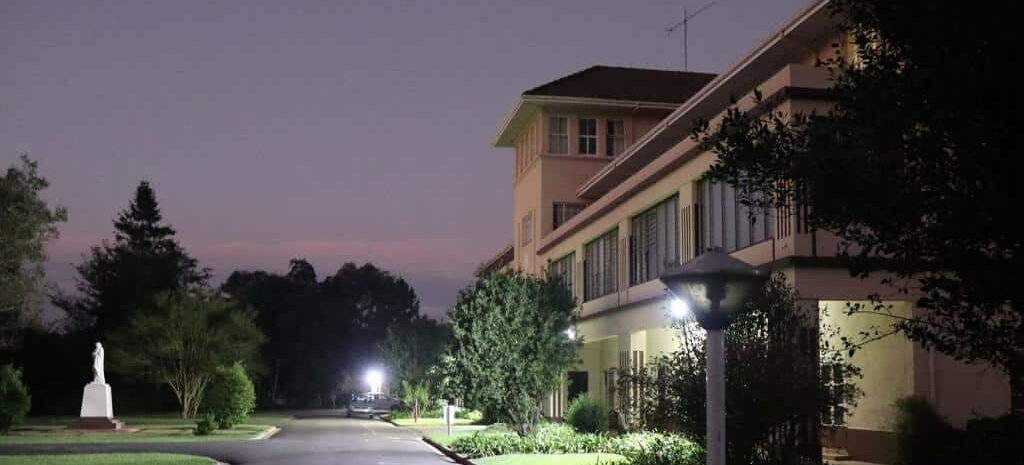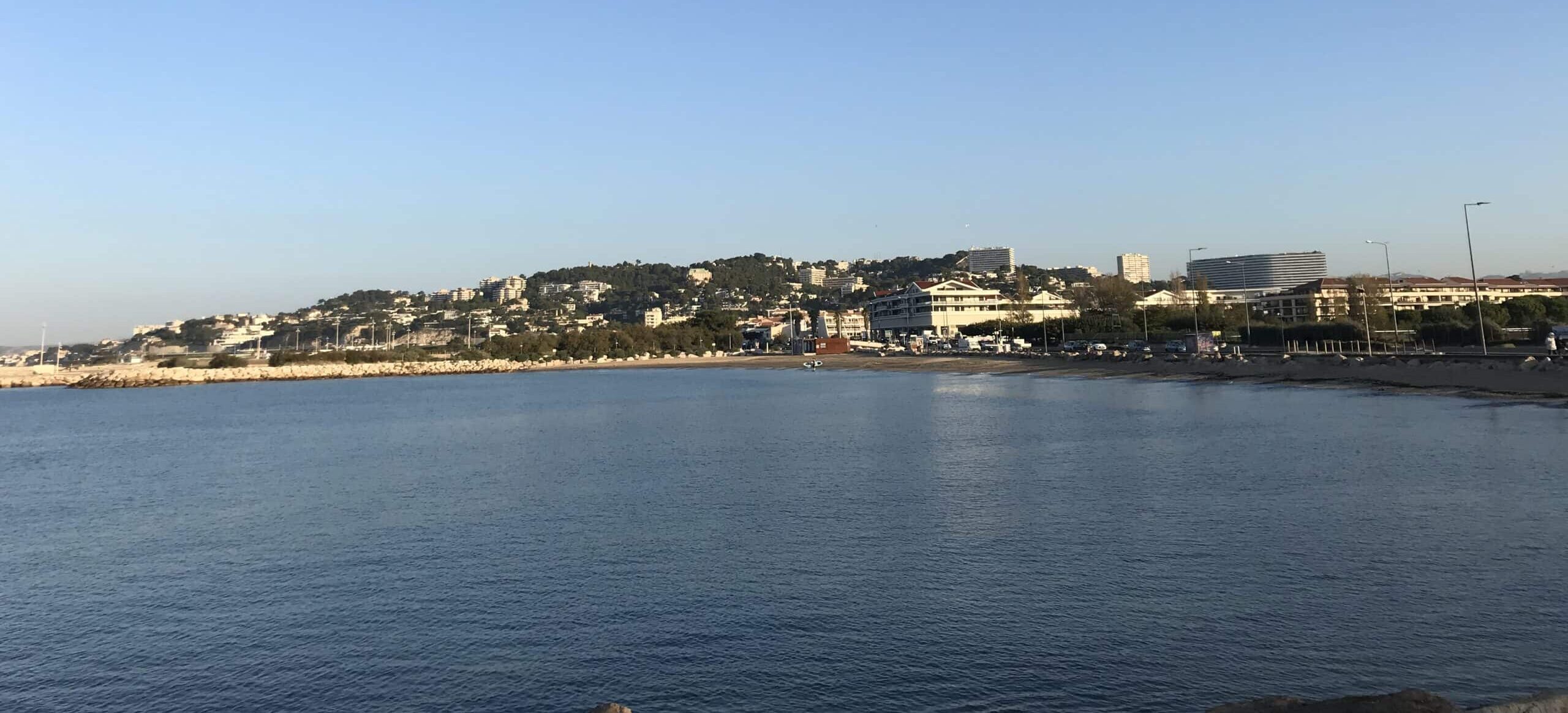OMIWORLD
On September 22–23, 2023, the Holy Father, Pope Francis will visit Marseille, the city whose bishop was St. Eugene de Mazenod, “a city rich in peoples, called to be a port of hope.”
On the first day, the Pope will pray at the Basilica of Notre Dame de la Garde, whose construction was started by the Oblate Founder. At Notre Dame de la Garde the Pope will be joined in prayer by the clergy of the local diocese, and then with a group of professionals from various organizations dedicated to the pastoral care of seafarers, migrants, and refugees. On Saturday, the Holy Father will meet with people experiencing economic hardship. The event will occur at the archbishop’s residence near the cathedral that Bishop de Mazenod erected, which houses the sarcophagus with his body. He will then participate in the Mediterranean Meetings’ final session, which brings together bishops and young people from North Africa, the Middle East, and Southern Europe.
Bishop of Marseille
Eugene de Mazenod was bishop of the Diocese of Marseille from 1837 to 1861. “Here am I, the shepherd, the first shepherd of a diocese that, no matter what is said, is not inhabited by saints. This diocese was assigned to me; I did not choose it for myself. Therefore, I must cling to these people like a father to his children. It is necessary that my entire existence, my life, and my entire being be dedicated to these people; that I think only of them; that I fear nothing but that I have not done everything for their happiness and for their sanctification; that I have no other concern than that I must sacrifice for them all my spiritual strength and even, in a certain sense, my material goods. In a word, I must burn myself for them, ready to sacrifice my joys, my tastes, my leisure, and even my life for them,” St. Eugene wrote in his retreat notes shortly after his appointment as Bishop of Marseilles.
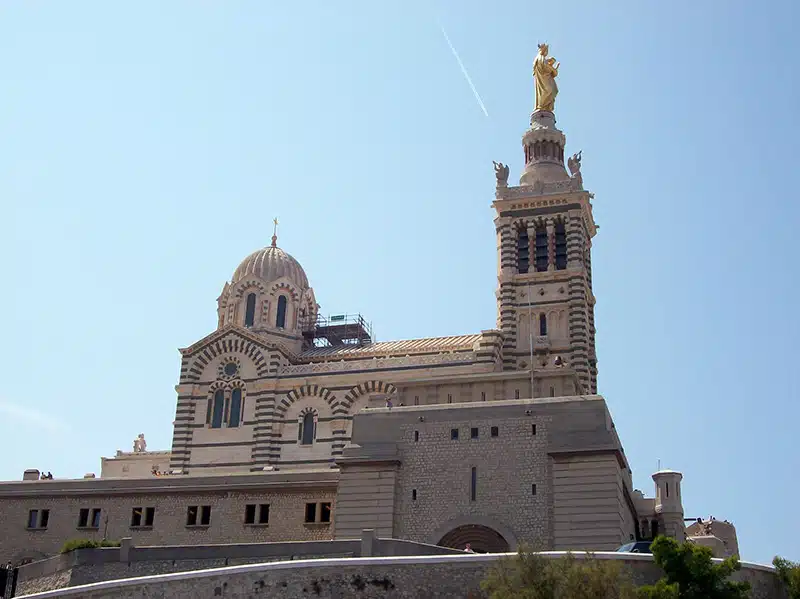
Basilica, Notre Dame de la Garde
A zealous pastor
As bishop of Marseille, France’s second-largest city, he knew well that he would need zealous collaborators to revitalize religious life in the diocese. He, therefore, sought new priestly vocations and the formation of the clergy. It was mainly thanks to him that the diocese, which had 171 priests in 1823, had 378 in 1860, which enabled him to create more parishes, build new churches, and renovate old ones.
Close to the people
In the diocese, he also strengthened existing institutions and pastoral works, such as schools, associations, or confraternities; he was eager to establish new ones. As the founder of a religious congregation, he could appreciate the role of consecrated individuals in the life of the local Church. Between 1837 and 1861, ten male and at least 16 female congregations enriched the Diocese of Marseille.
To love the Church means to love Jesus Christ
On the other hand, he also wants to reach out to his dioceses through occasional sermons and pastoral letters, which often had formative overtones and encouraged the faithful to take responsibility for both the local and universal Church. “This responsibility is expressed above all in love, tantamount to love for Christ. Would it be possible to separate our love for Jesus Christ from our love for His church? These two loves intermingle: to love the church means to love Jesus Christ, and vice versa,” St. Eugene wrote in one of his pastoral letters.
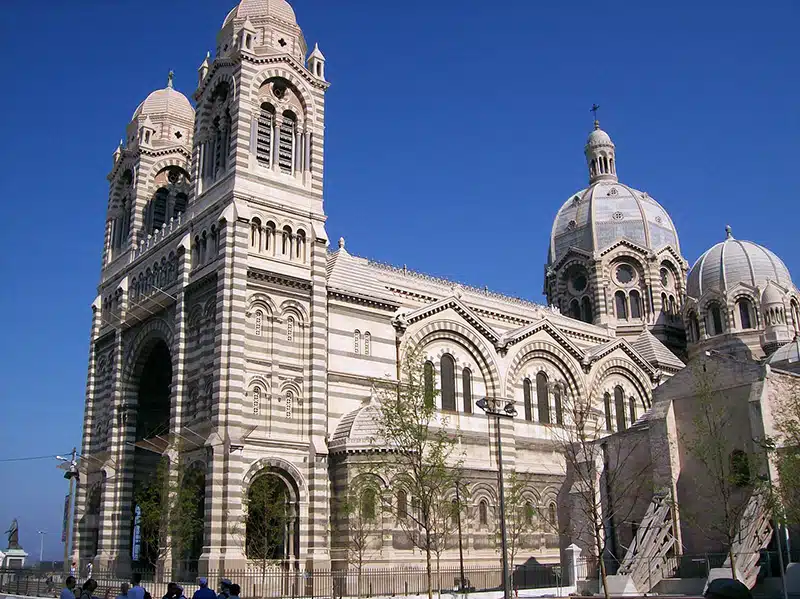
Cathedral of Marseille, La Major
Among Bishop de Mazenod’s accomplishments was the building of a new cathedral, which now houses his tomb, and Notre Dame de la Garde Basilica; he laid their foundation stones in 1853.
(pg/pics: oblaci.pl/Gomulak OMI)
